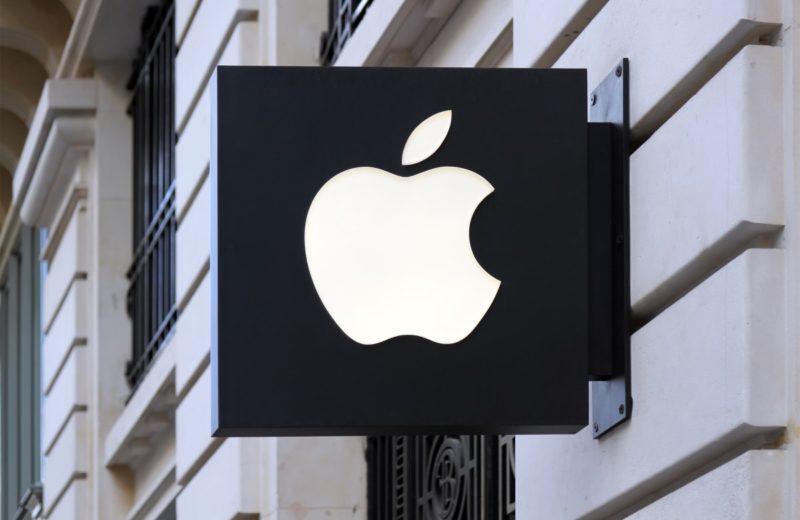For a while, let’s forget about the Covid-19 outbreak and turn our minds onto something else. Nvidia’s RTX video cards, one of the marquee features is DLSS (Deep Learning Super Sampling). Nevertheless, it is also one people tend to dismiss outright or overlook. There is a reason for that. Many people equate the technology with something like a sharpening filter that can sometimes reduce the jagged look of low-resolution images.
Nevertheless, Deep Learning Super Sampling uses an entirely different method. Thus, it has much more potential to improve visual quality. Nvidia says they are ready to prove that with Deep Learning Super Sampling 2.0.
To address all the concerns with the technology, Nvidia built the second-generation Deep Learning Super Sampling. It should support a lot more games, gives players much more control, and looks better. Nevertheless, the core is different: to intelligently upscale a match to a higher resolution, DLSS 2.0 is still about using machine learning. The main idea is to give players a game that, for instance, looks like its running at 4K while rendering at 1440p or 1080p. That is drastically improving performance. Moreover, in certain games, it might even produce frames that contain more detail than the native rendering.
Nvidia is inputting a game into a training algorithm for determining what the visuals must look like at the sharpest possible fidelity. It is the case for DLSS. That is one of the areas where DLSS 2.0 is a significant leap forward. For every game, Nvidia initially needed a bespoke training model. However, the Deep Learning Super Sampling 2.0 uses the same neural network for every game. Thus, Nvidia can add DLSS support for more games at a more rapid pace.
- Check-out MyForexNews comprehensive Review on LBLV
Deep Learning Super Sampling System
That deep-learning data is beneficial. DLSS can use the Tensor GPU cores on Nvidia’s RTX cards for processing what a 1080p frame should look like at 4k. That method is much more potent than sharpening. It is because it rebuilds from data that is not even necessarily present in each frame.

The first two games to support DLSS 2.0 are the Control and MechWarrior 5: Mercenaries. They will have benefit from the more efficient artificial intelligent network. That tech’s version is twice as fast as the Tensor cores in RTX cards like the RTX 2080 Ti and the RTX 2060.
To its DLSS system, Nvidia has also added temporal feedback. That enables the super-sampling method to get information on how environments and objects change over time. DLSS 2.0 can then use that temporal feedback for improving the stability and sharpness from one frame to the next.
Nevertheless, the advantages go beyond improved processing. Deep Learning Super Sampling also turns over more control to the player. The disadvantage of DLSS was that in many games, it was often a binary choice. Either it was off or on; thus, developers decided how Deep Learning Super Sampling behaved.
DLSS 2.0 flips that with giving three presents: Performance, Balance, and Quality.
Let’s see how successful the new version of DLSS will be in the future.
















